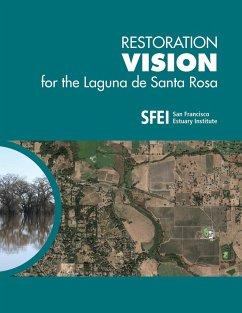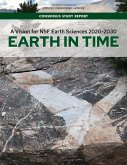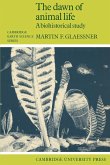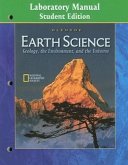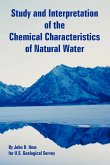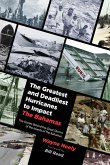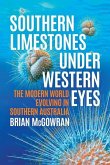The Laguna de Santa Rosa, located in the Russian River watershed in Sonoma County, CA, is an expansive freshwater wetland complex that hosts a rich diversity of plant and wildlife species, many of which are federally or state listed as threatened, endangered, or species of special concern. The Laguna is also home to a thriving agricultural community that depends on the land for its livelihood. Over the past 200 years, modifications to the Laguna and its surrounding landscape have degraded habitat conditions for both wildlife and people. To help improve the Laguna ecosystem, the California Department of Fish and Wildlife and Sonoma Water funded the Laguna-Mark West Creek Watershed Master Restoration Planning Project. The overall goal of this report is to develop a plan that supports ecosystem services in the Laguna-through the restoration and enhancement of landscape processes that form and sustain habitats and improve water quality-while considering flood management issues and the productivity of agricultural lands. The first step in the Planning Project was developing a long-term Resilient Landscape Vision for the Laguna, which is detailed in this report. The Vision highlights opportunities for multi-benefit habitat restoration and land management within the Laguna's 100-year floodplain. This Vision will be used to build the Restoration Plan, which will provide restoration targets and restoration project concepts that can lead to longterm ecosystem improvement.

